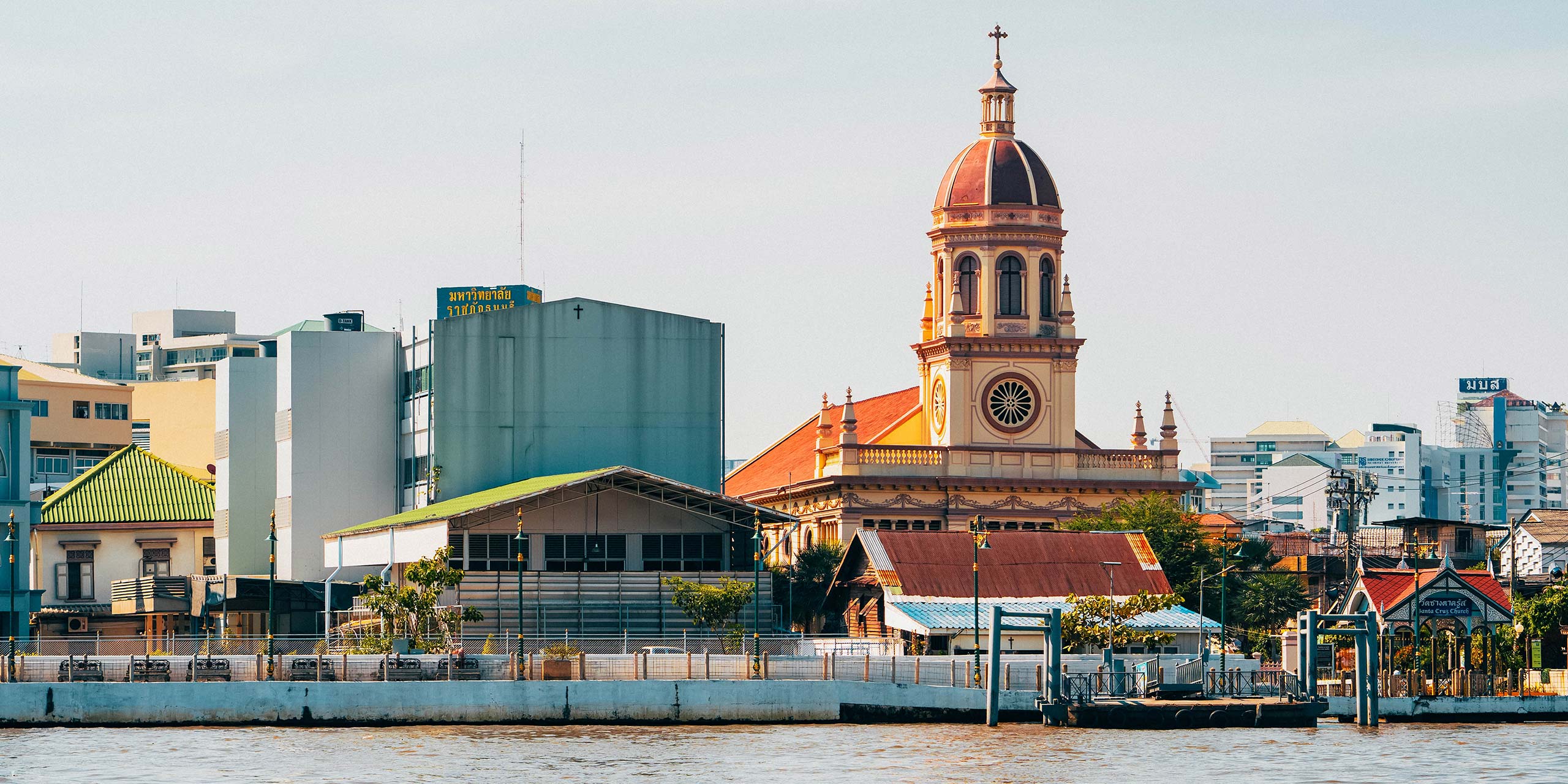
Duarte Fernandes arrived in Siam aboard a Chinese junk ship in late 1511. The Portuguese envoy was welcomed ashore in the Siamese capital Ayutthaya by Ramathibodi II. Fernandes, the first recorded European official to set foot on Siamese soil, presented the king with a bejewelled sword and letter on behalf of Portugal’s monarch.
The monumental meeting ushered in a prosperous trading relationship that endures to this day and signalled Siam’s ascension to the global stage. But in the years that followed, the ties between the nations resulted in far greater and more enduring gifts than a stone-studded sword blade—ones that transformed Thai culture forever.

From tomatoes to papaya and pineapple, and, most importantly, chillis, the steady introduction of Portugal’s plundered produce to the kingdom over the next century laid the foundations for some of Thailand’s most iconic dishes.
Take som tam for instance. The nation’s favourite salad wouldn’t exist without crunchy strips of unripe green papaya, fresh tomatoes and fiery chillis. But the significance of these ingredients runs much deeper than flavours on a plate.
“Chilies have become an integral part of the Thai identity,” says Chawadee “Chow” Nualkhair, a Bangkok-based author and food blogger. “You do not see an ‘Amazing Thailand’ commercial without the requisite shot of the foreigner fanning their face after eating something spicy while Thais point and laugh.”
No story about the evolution of Thai food would be complete without Maria Guyomar de Pinha. Arguably the most influential foreigner in the development of the cuisine, the Luso-Asian cook introduced Portuguese-style egg-based desserts to the Ayutthaya court of King Narai in the late 17th century. Many of these, including khanom mo kaeng, thong muan, thong yot and foi thong, remain popular today.
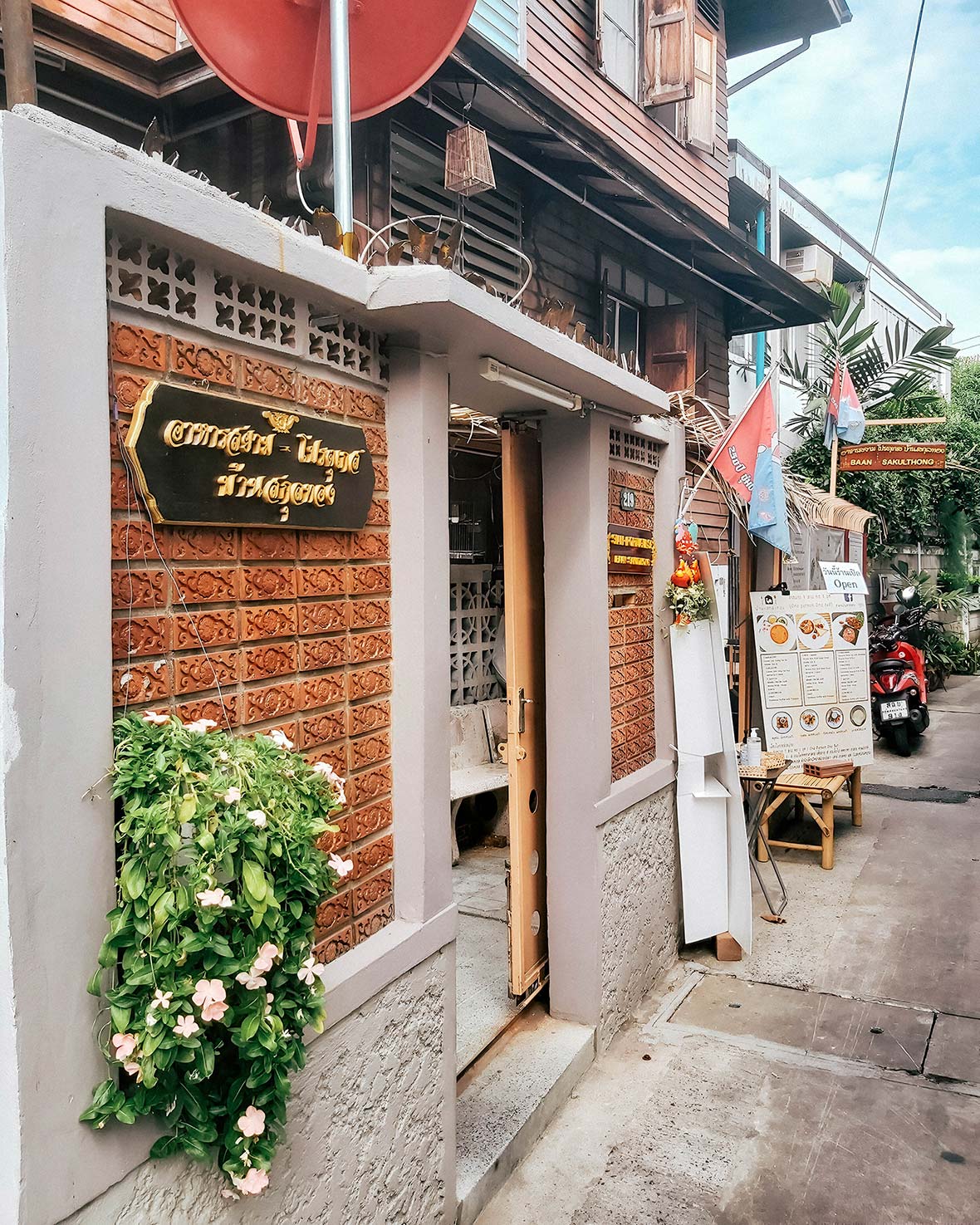
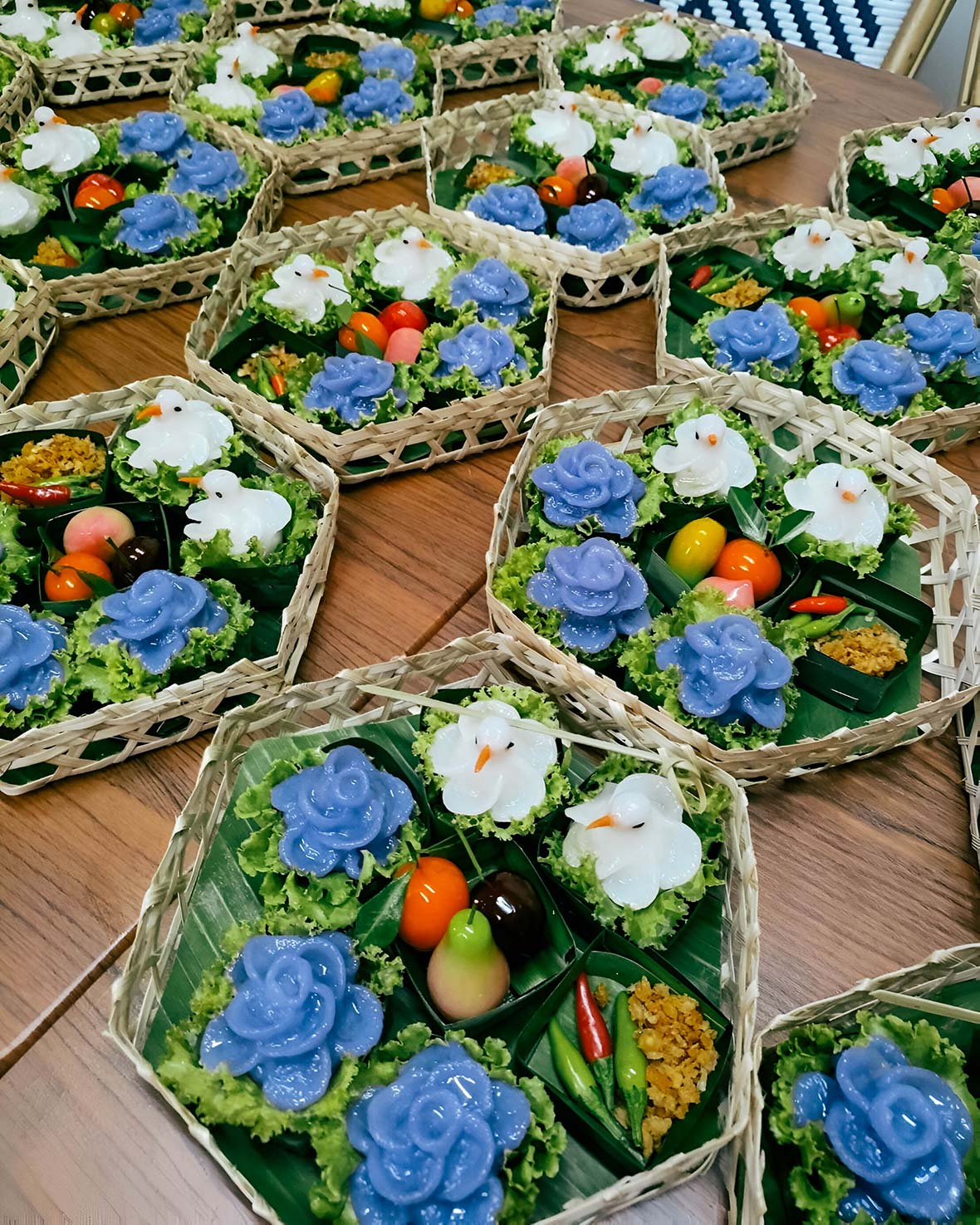
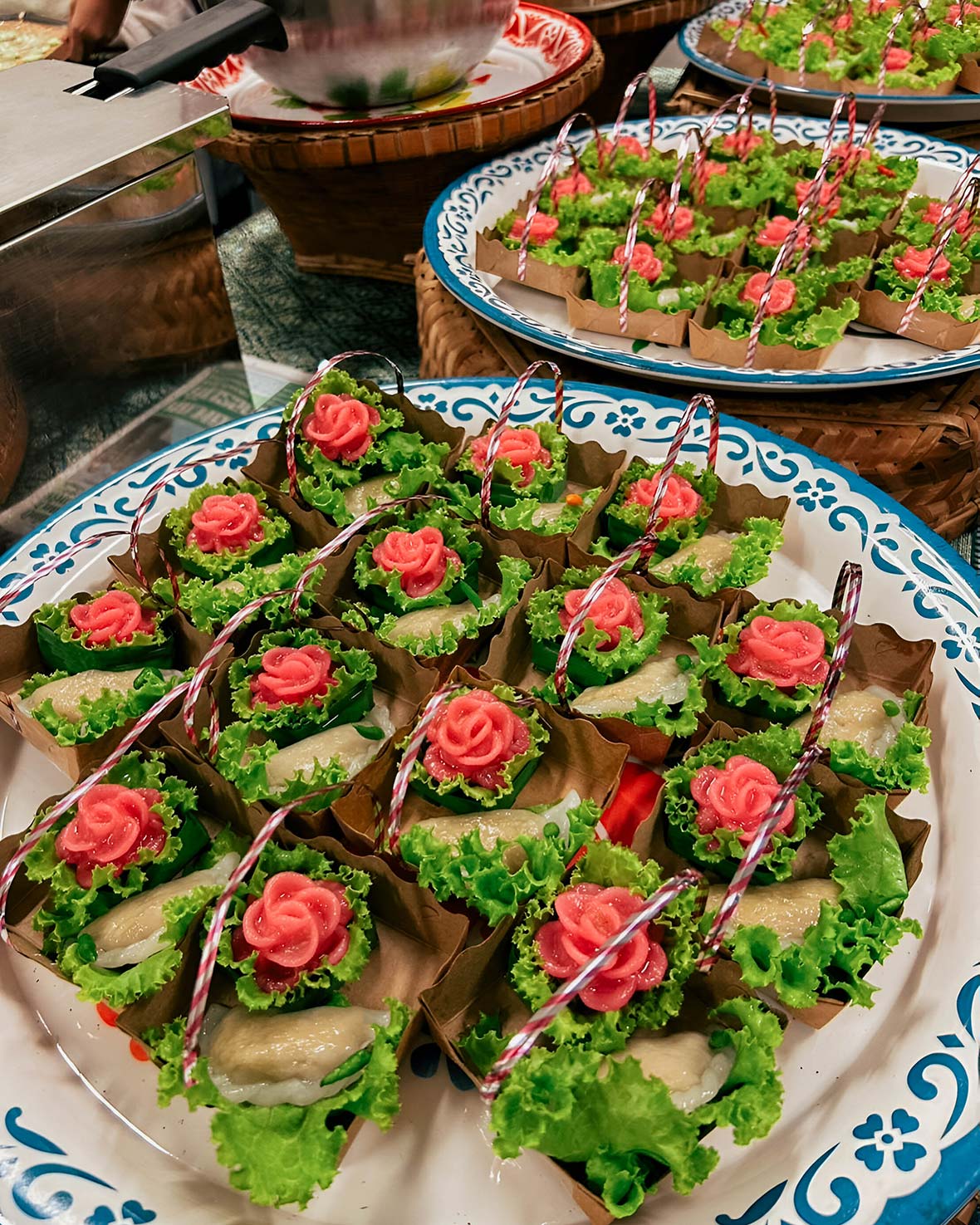
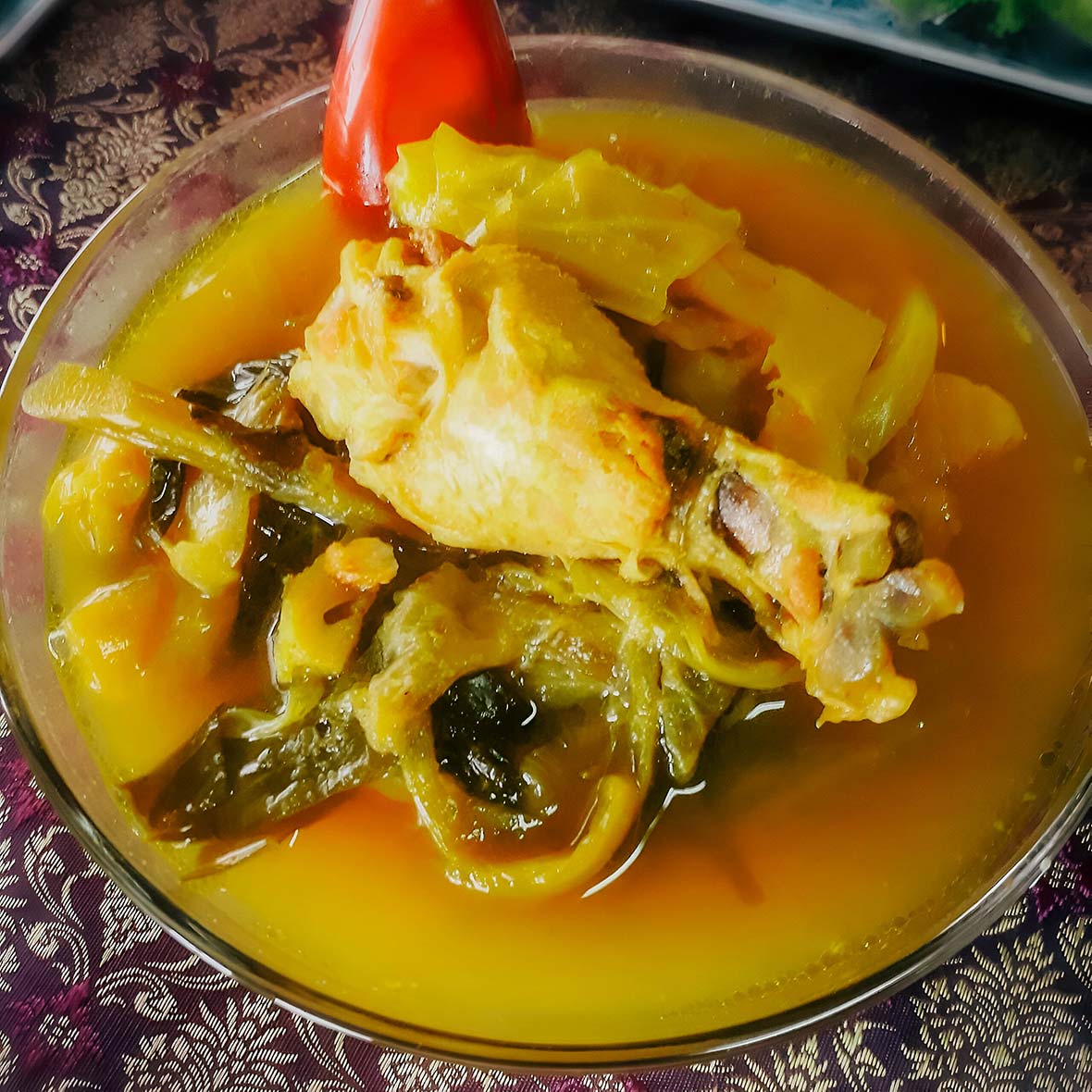
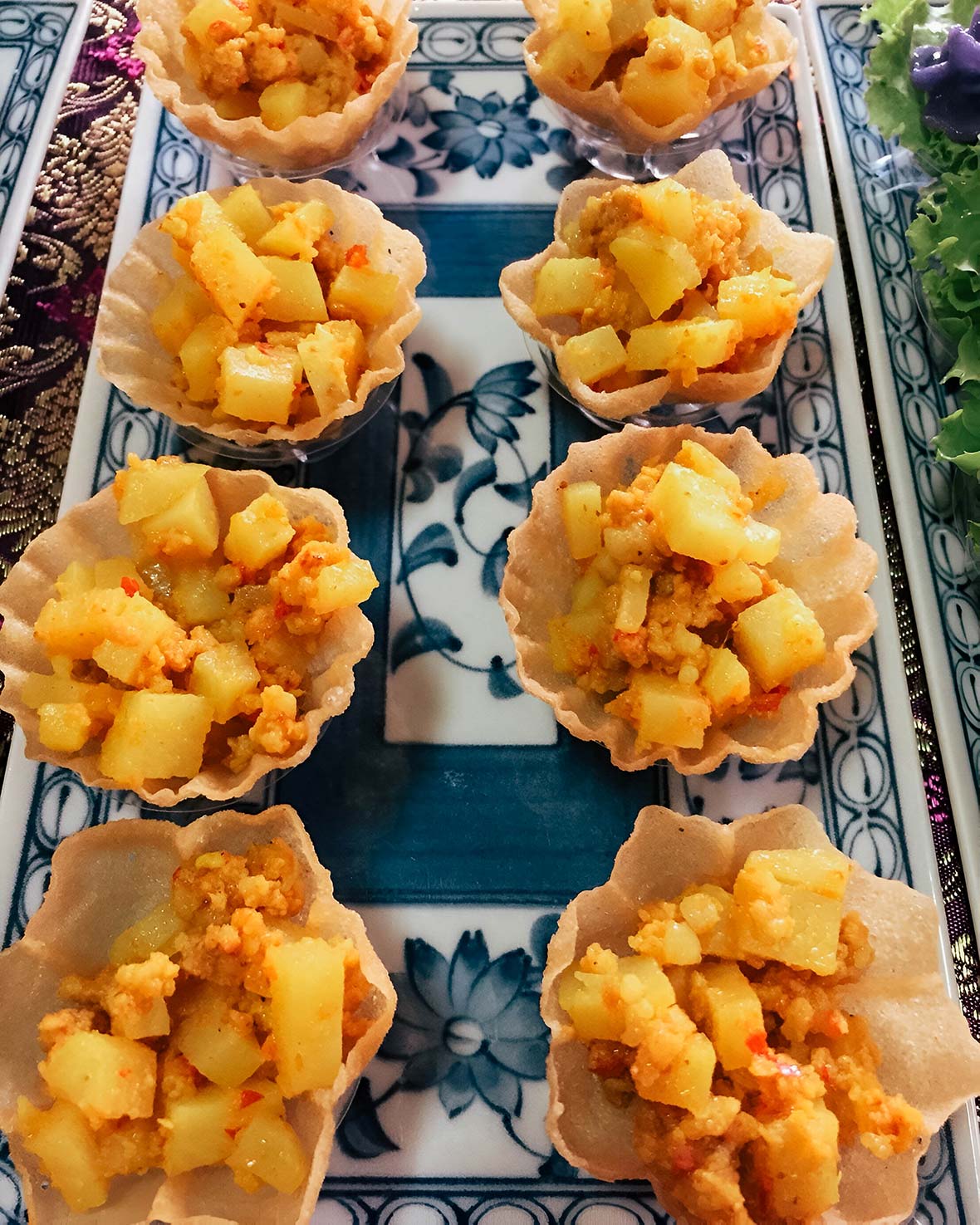
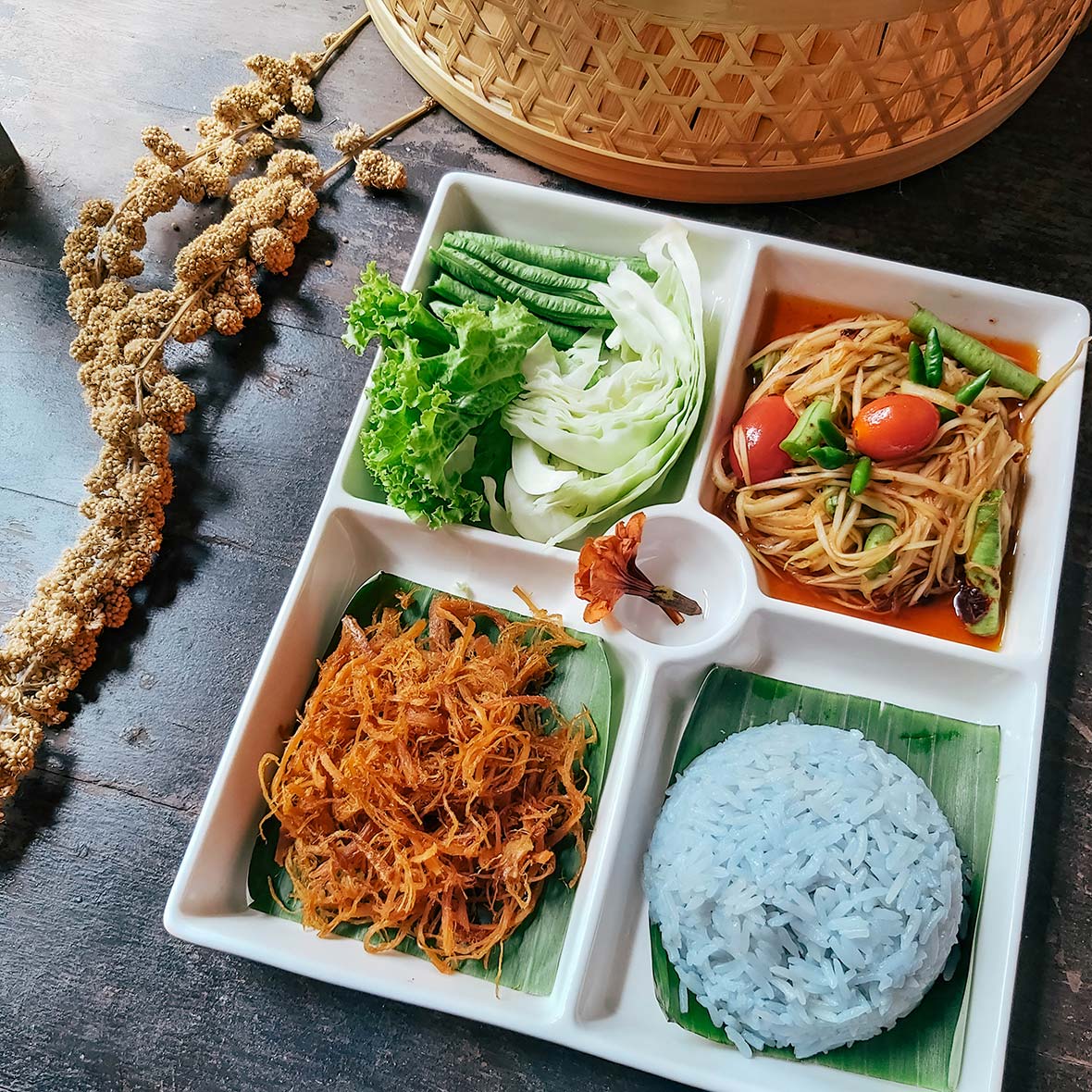
Beyond sweet treats and everyday ingredients, physical traces of Portugal’s longstanding relationship can still be found. Tucked away along the Chao Phraya River, Kudeejeen is one of Bangkok’s oldest settlements. The tiny community dates to the establishment of the new capital in 1767 when King Taksin granted the land to Ayutthaya’s Portuguese population following the city’s destruction.
Nowadays, evidence of an Iberian presence in the neighbourhood is limited to Santa Cruz, Thailand’s second-oldest Catholic Church, Baan Kudichin Museum and the recently opened Baan Sakul Thong restaurant. Hidden behind a set of green wooden doors along a tiny soi, the intimate eatery is the brainchild of Pravee and Kanittha “Tan” Sakulthong.
“At first, we thought that we might open our restaurant in a mall,” Tan says. “While discussing the matter, my husband’s grandmother walked in and served us some of her traditional Portuguese dishes. This gave us the idea of opening a restaurant that can cherish the culture we have in our community.”
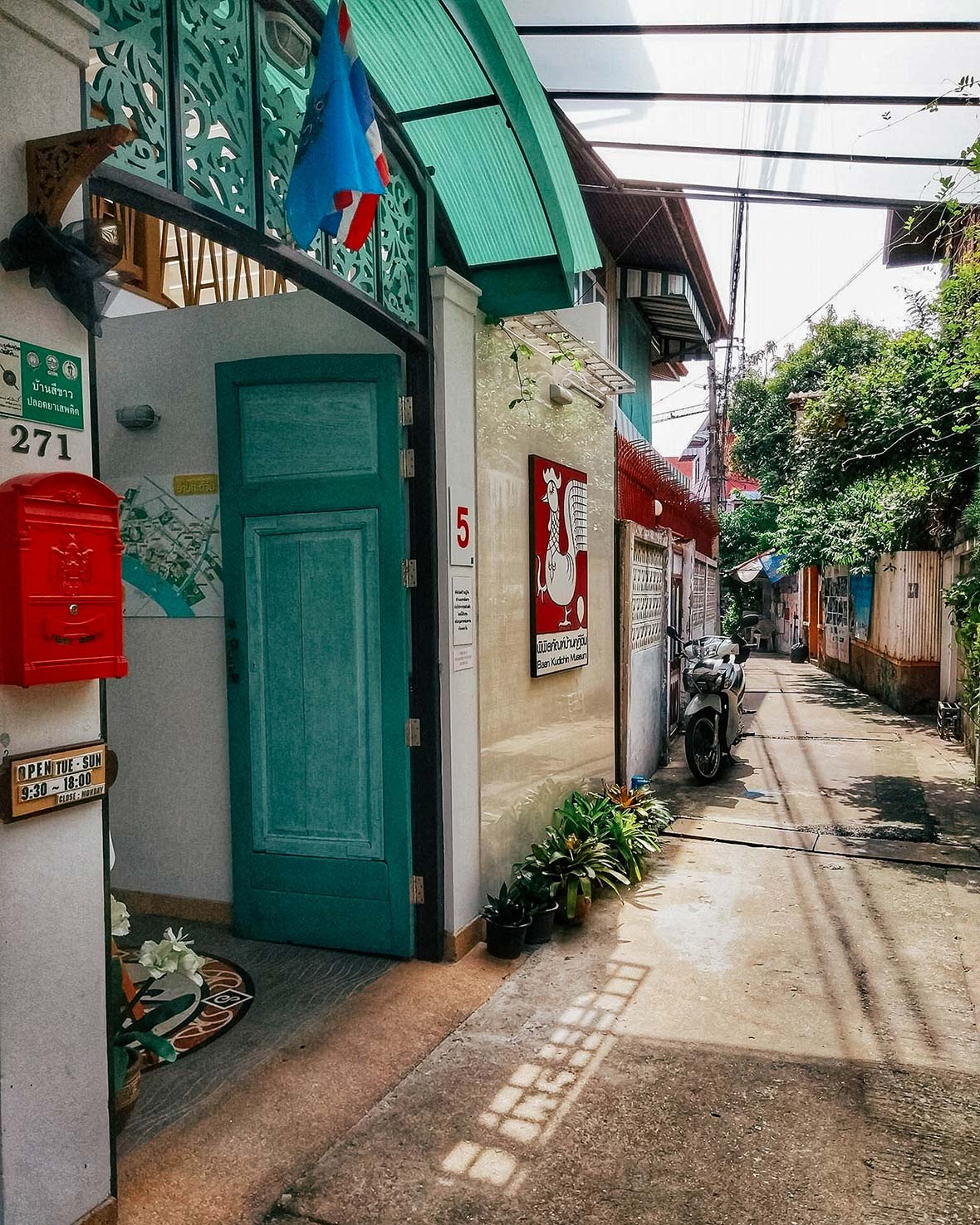
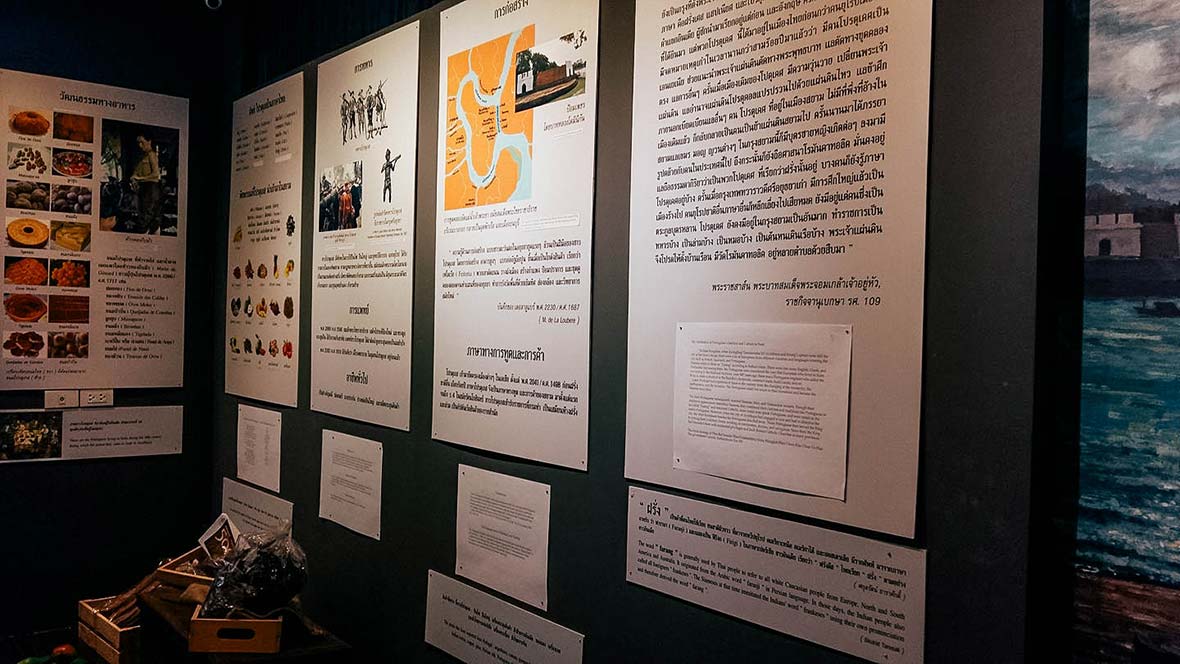
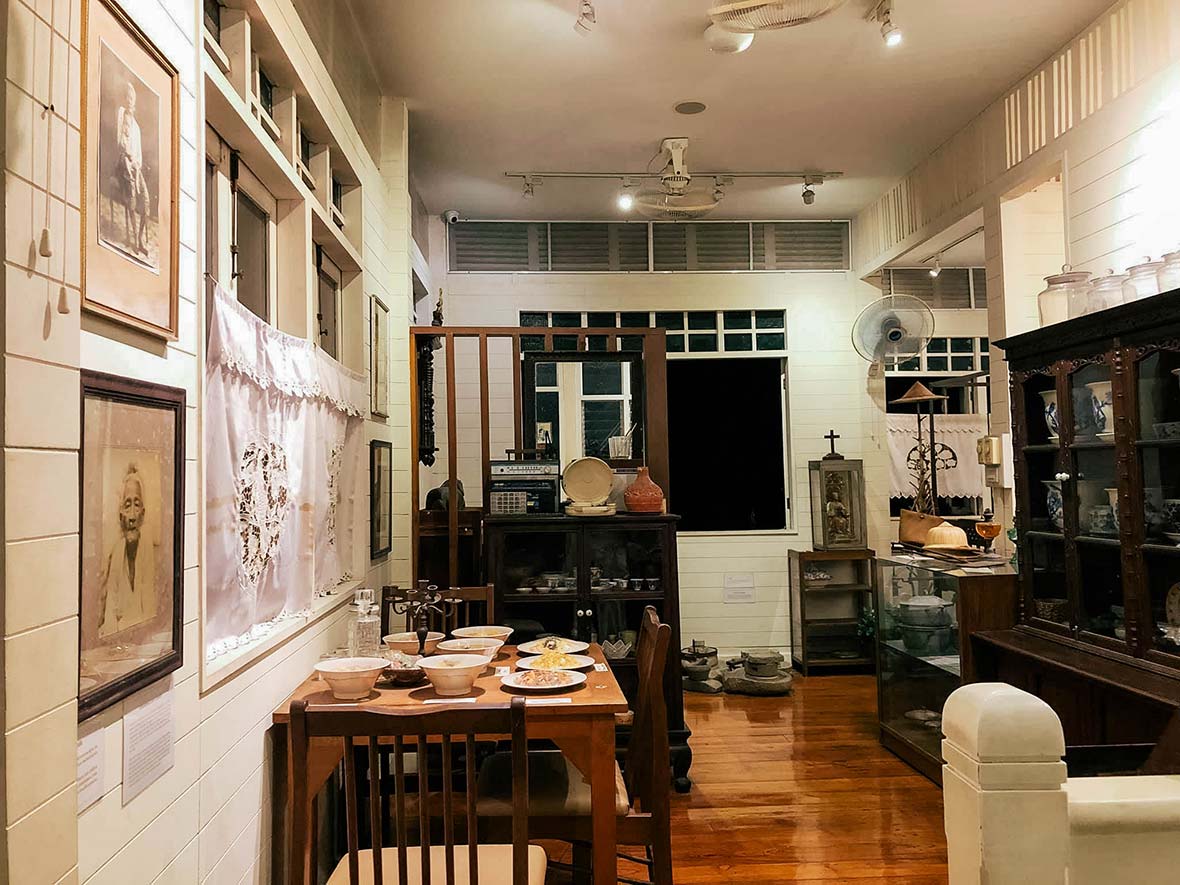
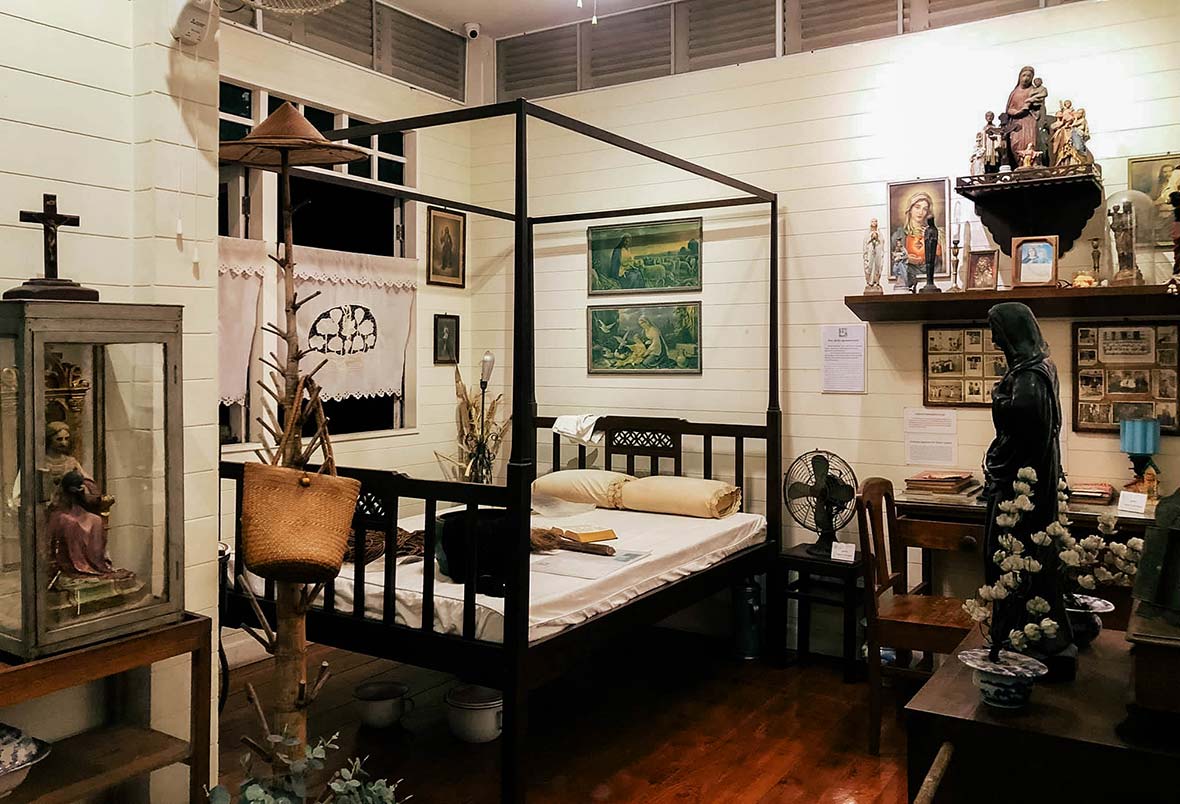
The husband and wife, whose lineage stretches back to 18th-century Portuguese settlers in Ayutthaya, have mined their families’ traditional recipes to showcase these ancient influences. During the reign of King Rama V, Tan’s great-grandparents served the Royal Court as culinary and confectionery chefs. Her husband’s family, meanwhile, descended from the early settlers of Kudeejeen.
“The dishes we serve at Baan Sakul Thong are steeped in over 250 years of history,” she adds. “We still follow almost the same level of authenticity as when they were made in the past—though we have adjusted the level of sweetness since some dishes might be too sweet for modern tastes.”
The samrub (set menu) features traditional appetizers such as jeeb tua nok (bird-shaped Thai dim sum) and chor muang (a purple chewy treat stuffed with savoury filling). The signature main dish is a Portuguese-style kanom jeen, a filling noodle dish that tops rice vermicelli with minced chicken red curry mixed with coconut cream.
Elsewhere in Bangkok, more contemporary interpretations of Portuguese fare are also resonating with diners. La Mía, located in an unassuming villa off Petchaburi Road, is one of the capital’s only Portuguese bistros. Influenced by owners Sue and Nat’s experiences travelling and living in Europe, the pair combine their passion for Mediterranean cuisine with a focus on incorporating local ingredients wherever possible and Thai palates.

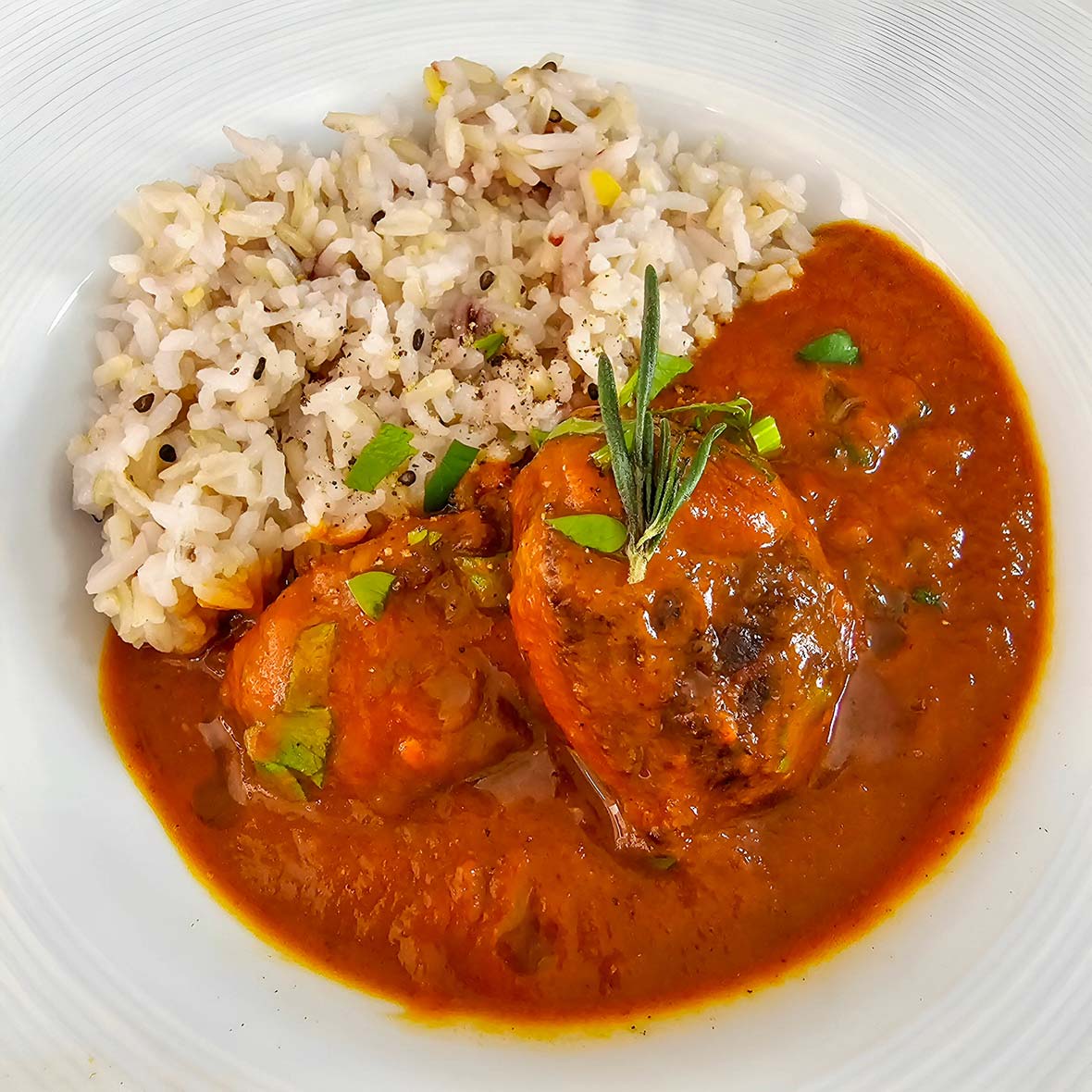
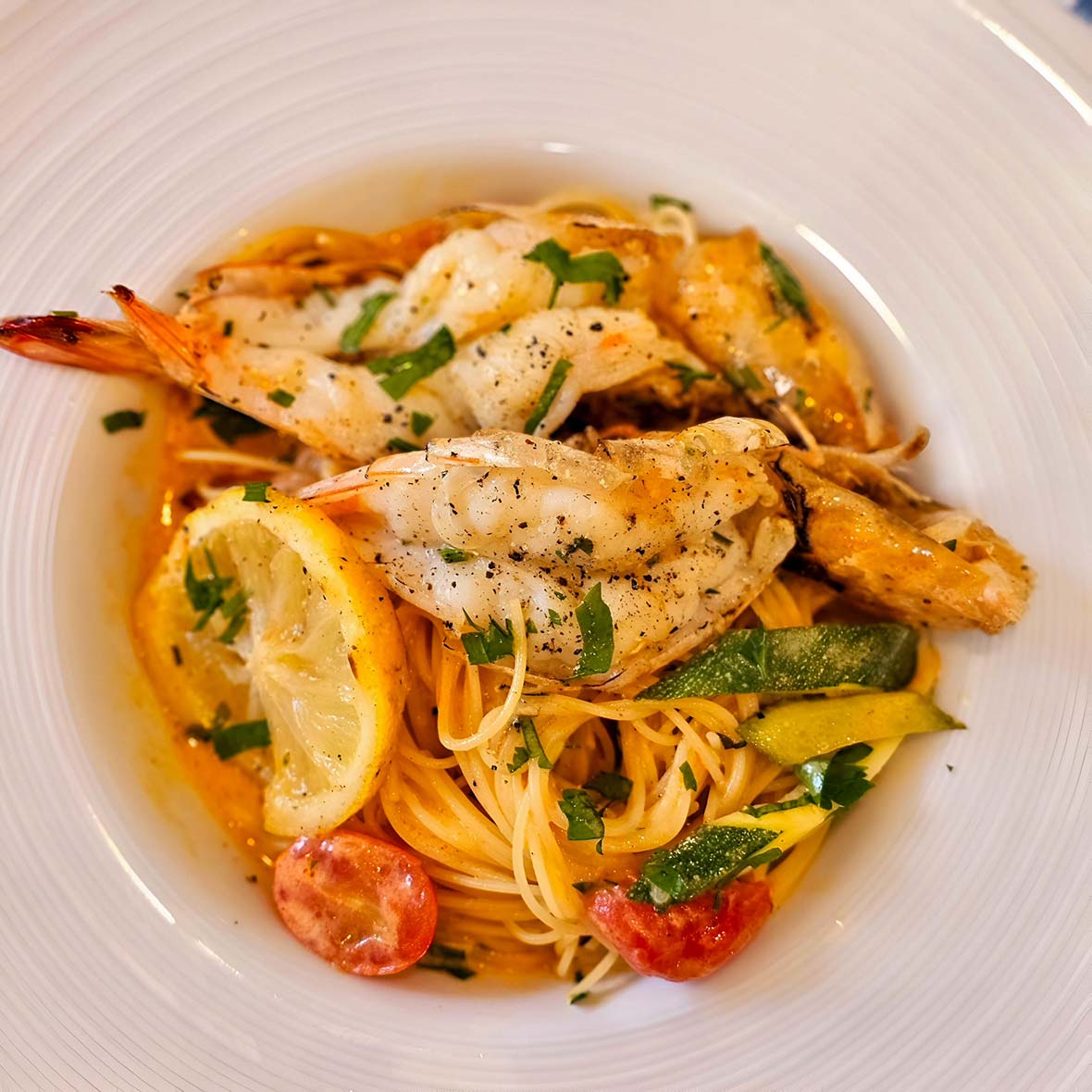
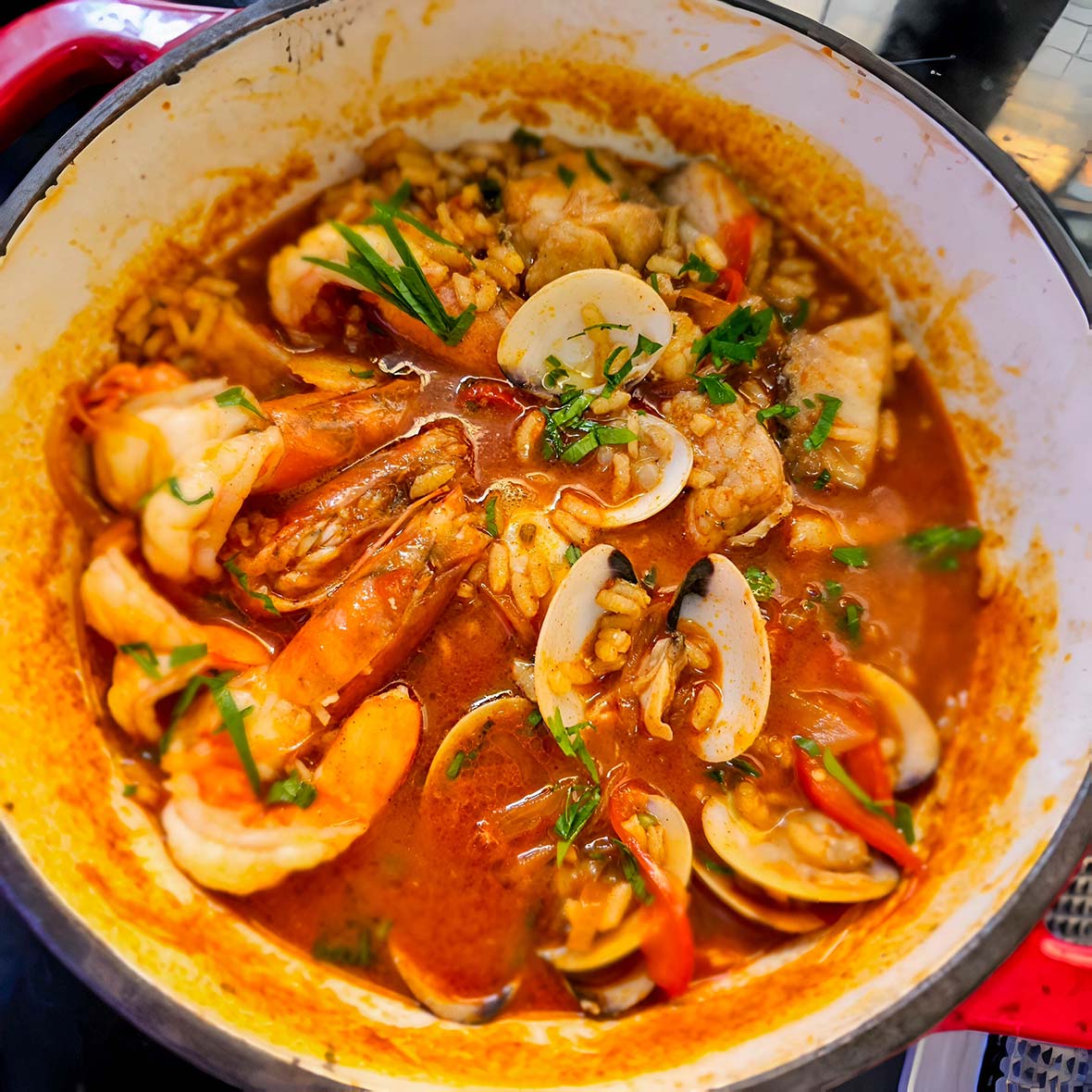
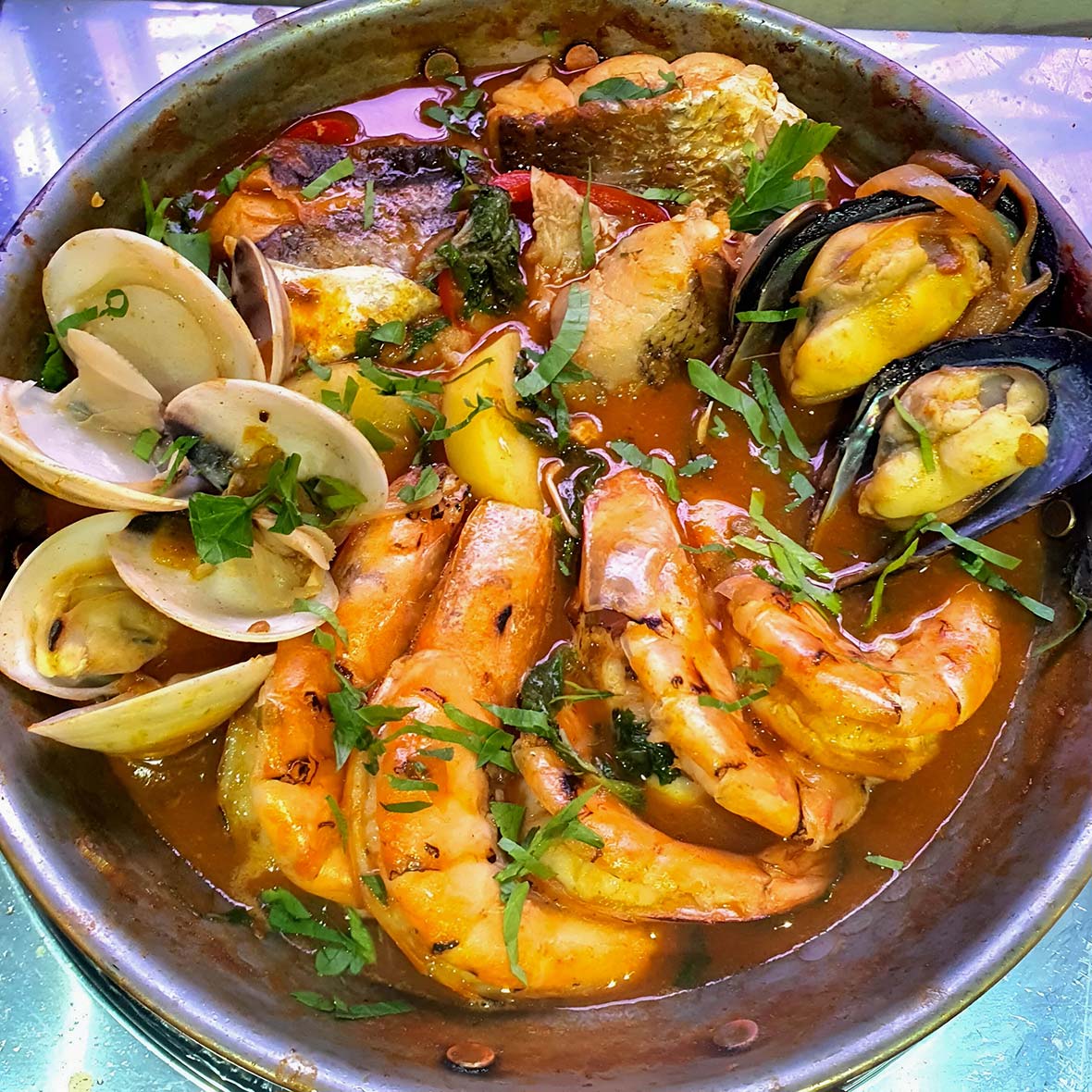
“Although we aim to present authentic Portuguese food, we’re also committed to using local ingredients,” Sue says. “This is fairly easy as there are many similarities with the products used in Thai cuisine.”
She highlights the birds-eye chilli used in their homemade Peri-Peri sauce as one such example. According to historical records, the local Thai chilli is derived from the original used to coat Portugal’s world-renowned chicken dish.
La Mía’s signature dish, “Cataplana de Marisco,” celebrates Thailand’s abundant seafood and occasionally features giant river prawns from Ayutthaya—a fitting tribute to the culinary crossroads that sparked this exchange.
Indeed, more than 500 years on from the initial contact between these distant coastal nations, it is a testament to the place food occupies in people’s hearts that new restaurants continue to celebrate both traditional and contemporary interpretations of Thai-Portuguese cuisine.
